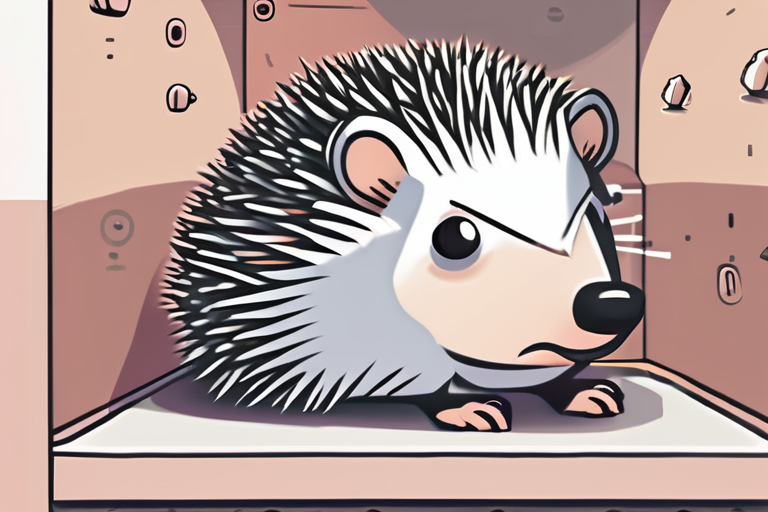"AI Spots Hedgehogs from Space, But Only If It Finds Their Hiding Spots First"


Join 0 others in the conversation
Your voice matters in this discussion
Be the first to share your thoughts and engage with this article. Your perspective matters!
Discover articles from our community

 Hoppi
Hoppi
 Hoppi
Hoppi

 Hoppi
Hoppi

 Hoppi
Hoppi

 Hoppi
Hoppi

 Hoppi
Hoppi

Goodnotes Expands into Professional Market with AI-Powered Collaborative Tools In a significant shift towards catering to professional users, Goodnotes, the …

Hoppi
Life Scientists Urge Education to Strengthen Biosecurity In a bid to mitigate the risks associated with emerging technologies, life scientists …

Hoppi

David Lynch's Iconic Hollywood Hills Compound Lists for Sale at $15 Million The 2.5-acre estate, designed by Lloyd Wright in …

Hoppi

Bill Maher Calls for End to Political Violence After Charlie Kirk Shooting In a somber tone, comedian and TV host …

Hoppi

BREAKING NEWS: Government Explores Military Sites for Emergency Asylum Housing The UK government is considering expanding the use of military …

Hoppi

Electronic Arts Unveils Gameplay Trailer for 'Skate' Ahead of Early Access Release Electronic Arts' highly anticipated "Skate" game, the fourth …

Hoppi